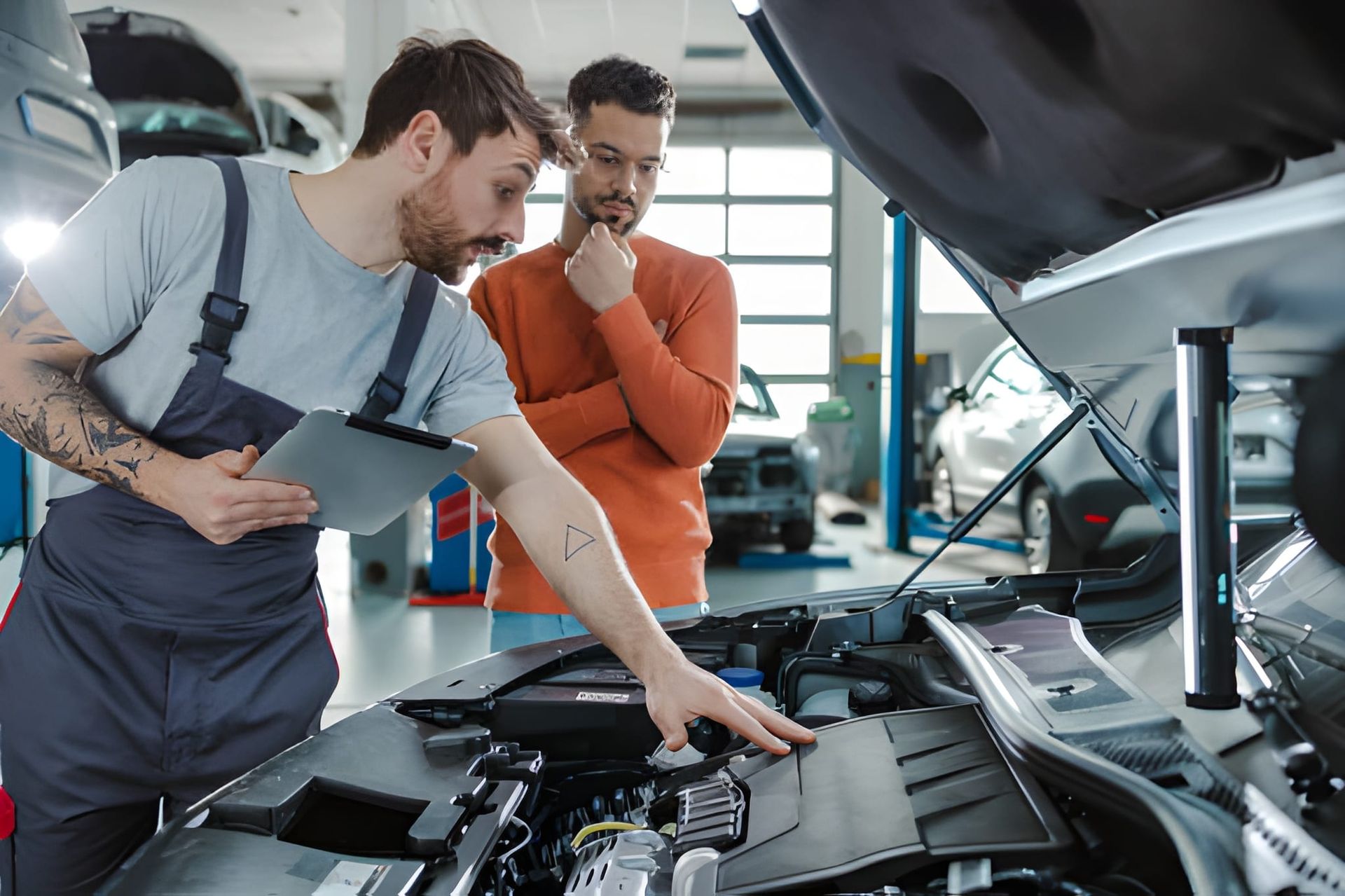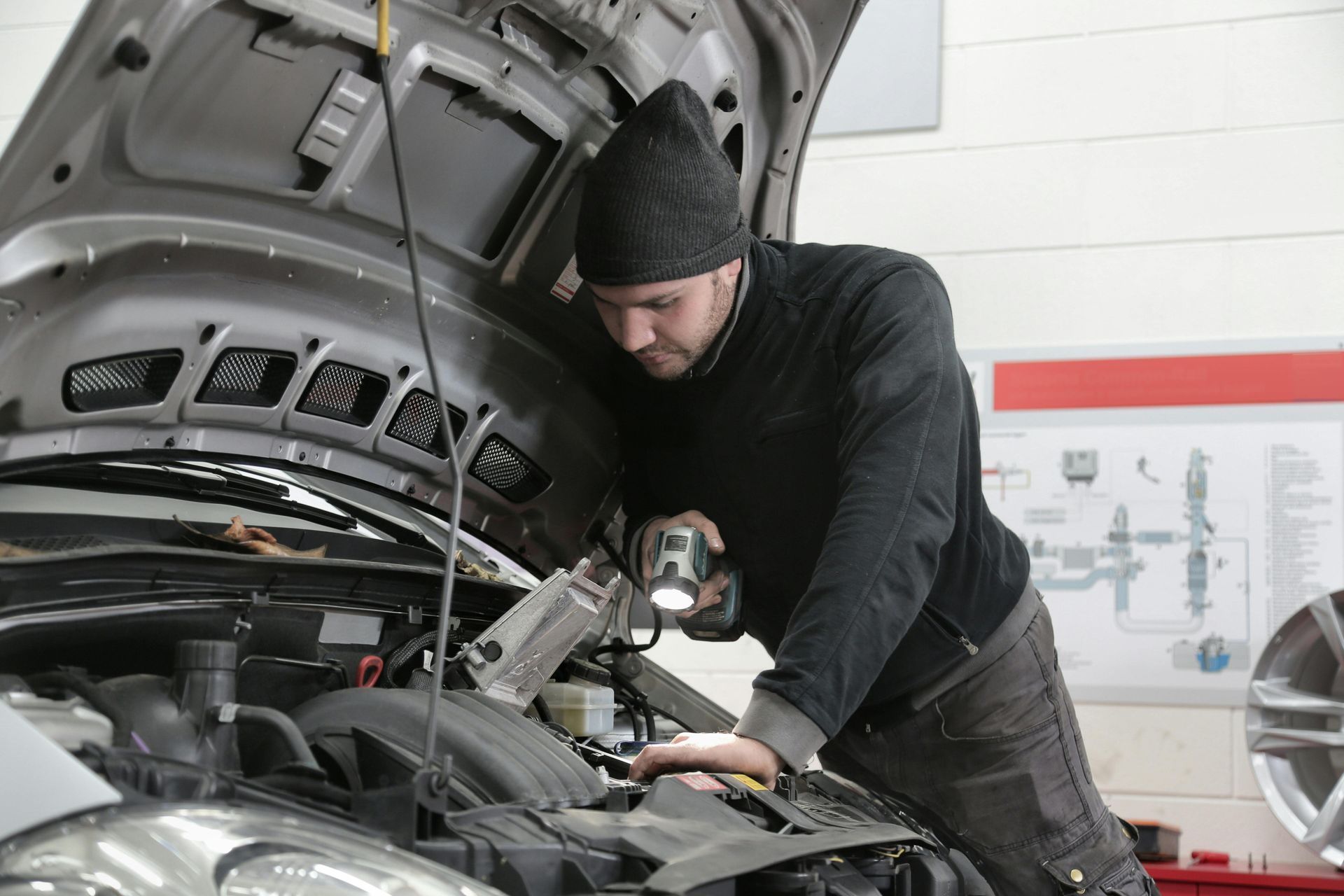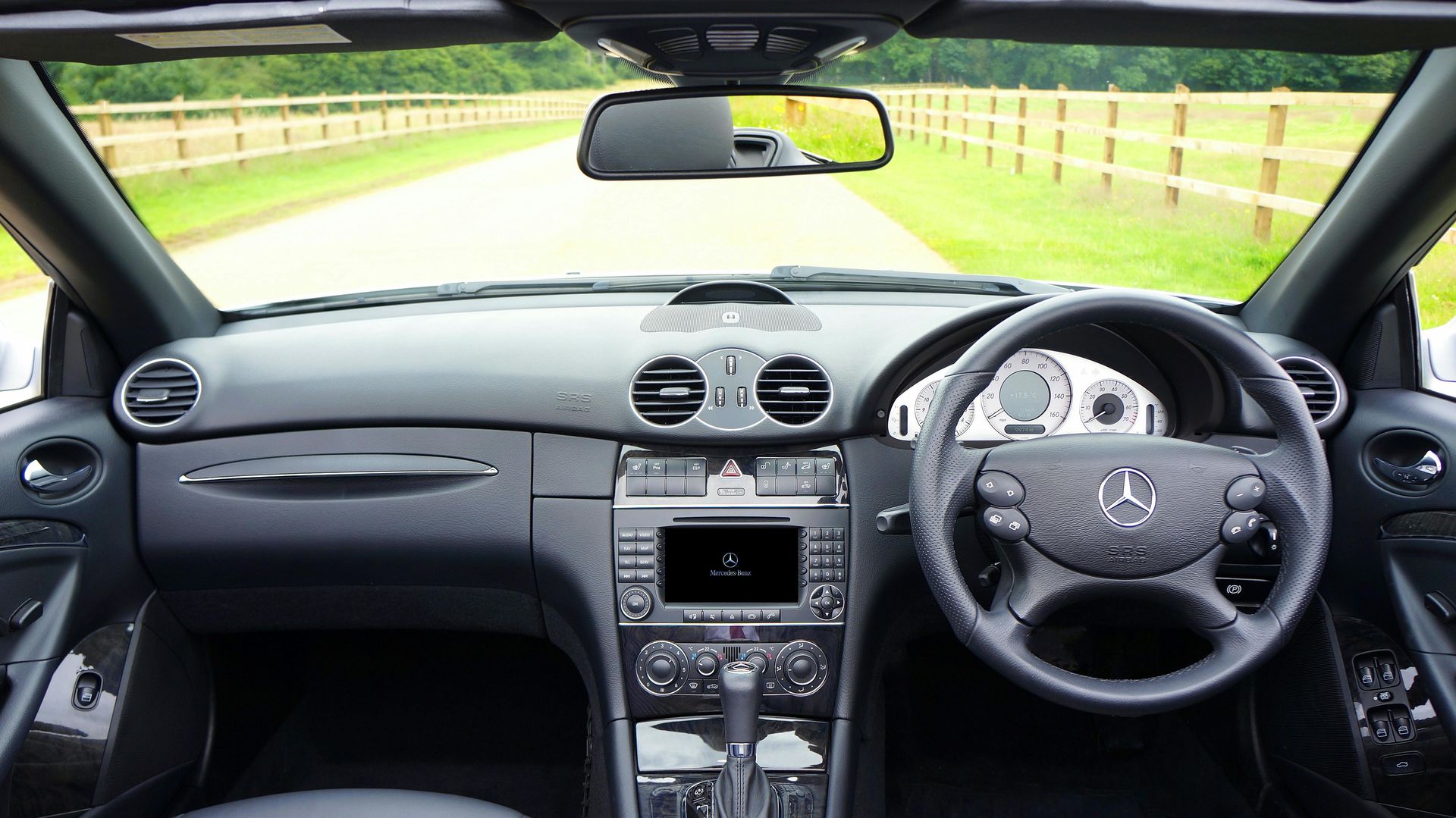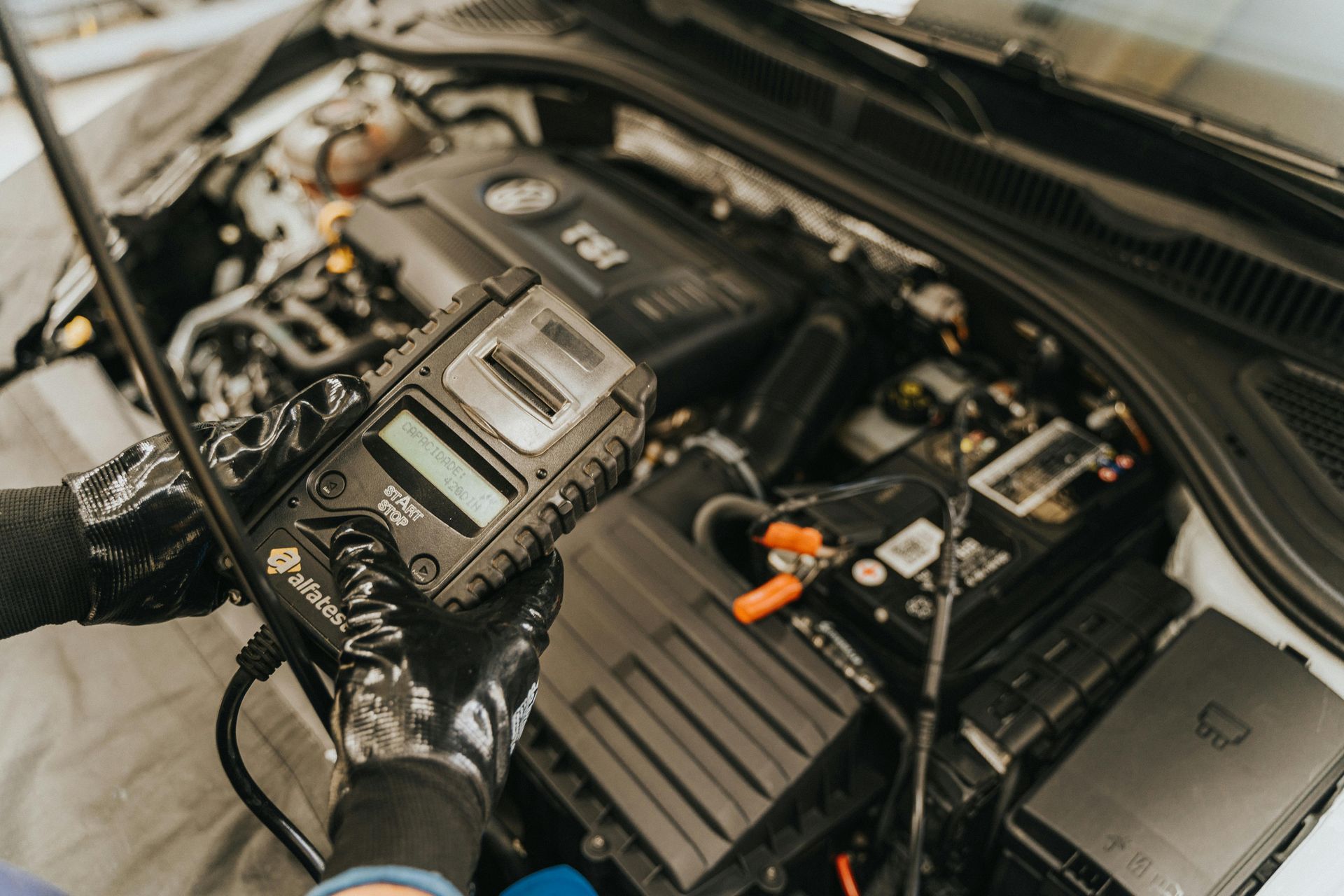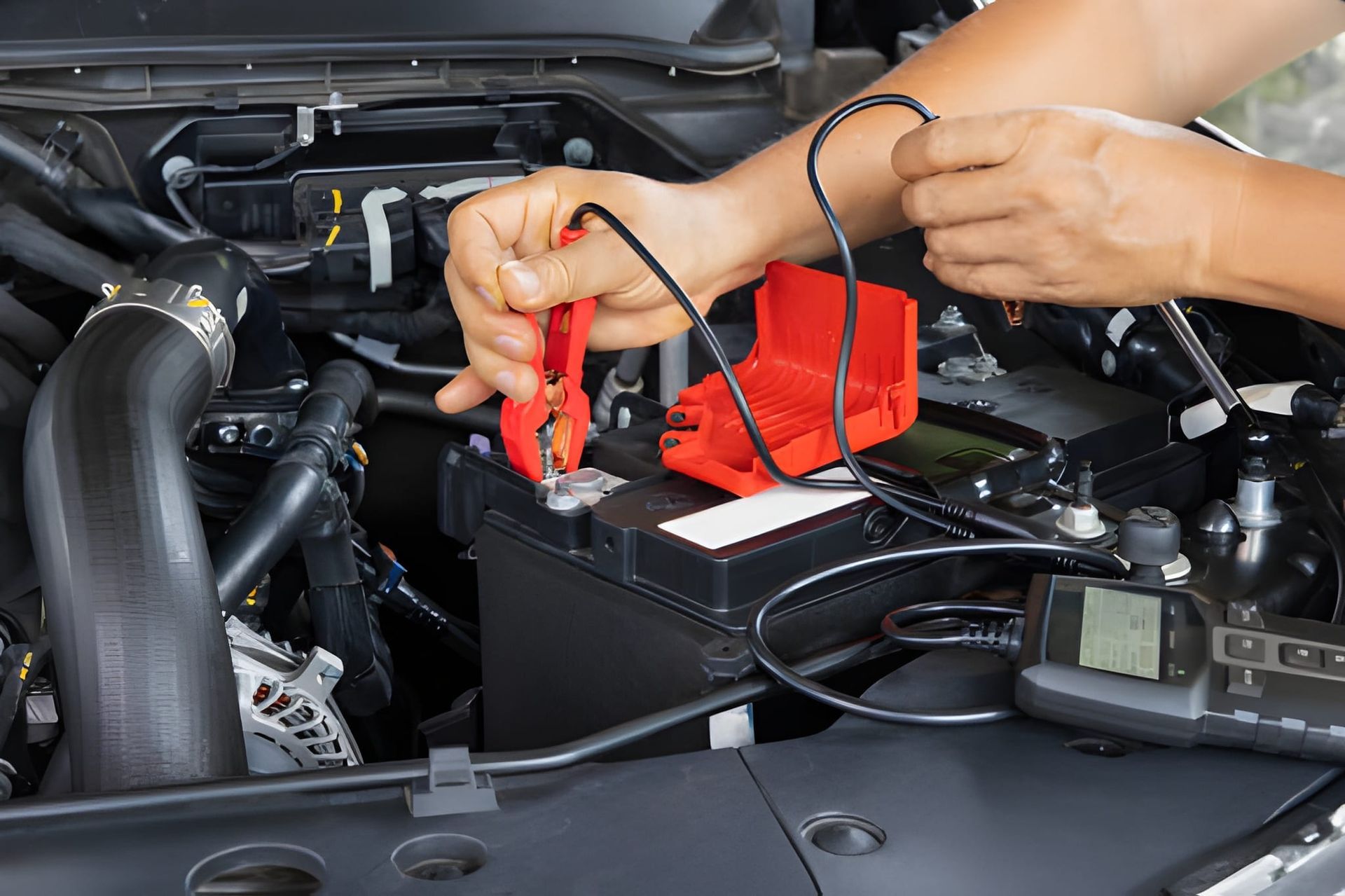Critical Fluid Checks Every Albany Driver Needs to Know
Your car depends on several vital fluids to run smoothly and safely. Think of these fluids as your vehicle's lifeblood—when they're clean and at proper levels, your car performs beautifully. When they're low or contaminated, you could face expensive repairs or dangerous breakdowns on busy Bay Area roads.
As an Albany driver, you face unique challenges that make fluid maintenance even more important. Stop-and-go traffic on Highway 80, hill driving around Berkeley, and California's temperature swings all put extra stress on your vehicle's fluid systems.
Why Fluid Checks Matter More in California
California driving conditions are tougher on car fluids than many drivers realize. Our hot summers can cause fluids to evaporate or break down faster. Heavy traffic means more engine heat and transmission work. Even our mild winters create temperature changes that affect fluid performance.
Regular fluid checks can prevent costly repairs and keep you safe on roads from Albany to San Francisco. Best of all, many of these checks are simple enough to do at home.
Engine Oil: Your Car's Most Important Fluid
Engine oil lubricates moving parts, reduces friction, and helps control engine temperature. Without proper oil levels and clean oil, your engine will suffer serious damage quickly.
How to check engine oil:
- Park on level ground and turn off the engine
- Wait 5-10 minutes for oil to settle
- Pull out the dipstick, clean it, and reinsert fully
- Check the oil level between minimum and maximum marks
- Look at oil color—it should be amber to black, not milky or frothy
When to change: Most modern cars need oil changes every 5,000-7,500 miles, but check your owner's manual. Heavy Bay Area traffic might require more frequent changes.
Coolant: Preventing Overheating
California heat makes coolant crucial for preventing engine overheating. This fluid circulates through your engine and radiator, absorbing heat and keeping temperatures safe.
Checking coolant:
- Never check coolant when the engine is hot
- Look at the coolant reservoir (usually a translucent plastic tank)
- Fluid should be between minimum and maximum lines
- Coolant should be clear, not rusty or cloudy
- Check for leaks under your parked car
Albany driving tip: Summer temperatures in the Bay Area can reach 90°F or higher. Low coolant during heat waves can leave you stranded on the Bay Bridge or Highway 580.
Brake Fluid: Your Safety Depends on It
Brake fluid transfers the force from your brake pedal to your wheels. This hydraulic fluid is essential for stopping safely, especially on Albany's hills and during heavy traffic.
Brake fluid inspection:
- Locate the brake fluid reservoir (usually near the firewall)
- Check fluid level against minimum and maximum marks
- Fresh brake fluid is clear to light amber
- Dark, dirty fluid needs replacement
- Any moisture contamination requires immediate attention
Warning signs: If your brake pedal feels spongy or goes to the floor, stop driving immediately and call for professional help.
Transmission Fluid: Smooth Shifting Depends on It
Transmission fluid lubricates gears and helps your car shift smoothly. Whether you have an automatic or manual transmission, this fluid is critical for proper operation.
Checking transmission fluid:
- For automatics, check with engine running and transmission warm
- Use the transmission dipstick (usually red handle)
- Fluid should be bright red and smell sweet
- Dark, burnt-smelling fluid indicates problems
- Manual transmissions typically require professional checking
Bay Area consideration: Stop-and-go traffic from Albany to Oakland puts extra stress on automatic transmissions, making regular fluid checks essential.
Power Steering Fluid: Easy Steering
Power steering fluid helps you turn the wheel with minimal effort. Without proper fluid levels, steering becomes difficult and components can fail.
Power steering check:
- Locate the power steering reservoir (usually has a cap with steering wheel symbol)
- Check fluid level with engine off
- Fluid should be clear to light amber
- Foamy or dark fluid indicates problems
- Listen for whining sounds when turning
Windshield Washer Fluid: Clear Vision
Clean windshields are essential for safe driving, especially during California's wildfire season when ash and debris can quickly dirty your view.
Washer fluid maintenance:
- Check the blue-capped reservoir
- Use proper windshield washer fluid, not just water
- Consider bug-removing formulas for summer driving
- Keep reservoir full, especially during fire season
When to Check These Fluids
Create a monthly routine for checking these vital fluids. Pick the same day each month—perhaps when you pay bills or do other regular tasks. Early morning checks work best when the car is cool and fluids have settled.
Quick monthly checklist:
- Engine oil level and color
- Coolant level and condition
- Brake fluid level and appearance
- Windshield washer fluid level
- Power steering fluid level
Signs You Need Professional Help
While basic fluid checks are easy, some situations require professional attention:
- Any fluid leaking under your parked car
- Rapidly dropping fluid levels
- Contaminated or discolored fluids
- Warning lights on your dashboard
- Unusual noises when driving
Professional Fluid Services in Albany
Regular DIY checks are great, but professional service ensures your car gets the complete care it needs. Professional technicians can spot problems you might miss and perform fluid changes with the right equipment and disposal methods.
At Dana Meyer Auto Care, our ASE-certified technicians provide comprehensive fluid services for Albany drivers. We check all your vehicle's fluids during every service visit and recommend changes based on your driving conditions and vehicle needs.
Keep Your Car Running Smoothly
Don't wait for warning lights or strange noises to check your car's fluids. Monthly inspections take just a few minutes but can save you hundreds of dollars in repairs and keep you safe on Bay Area roads.
Ready for professional fluid service? Dana Meyer Auto Care has served Albany, Berkeley, Richmond, and surrounding communities since 1975. Our experienced team knows exactly what Bay Area driving does to your car's fluids.
Call (510) 292-4900 or visit us at 660 San Pablo Ave in Albany to schedule your fluid service today. Keep your car's vital fluids in top condition with our expert care and 2-year/24,000-mile warranty.
